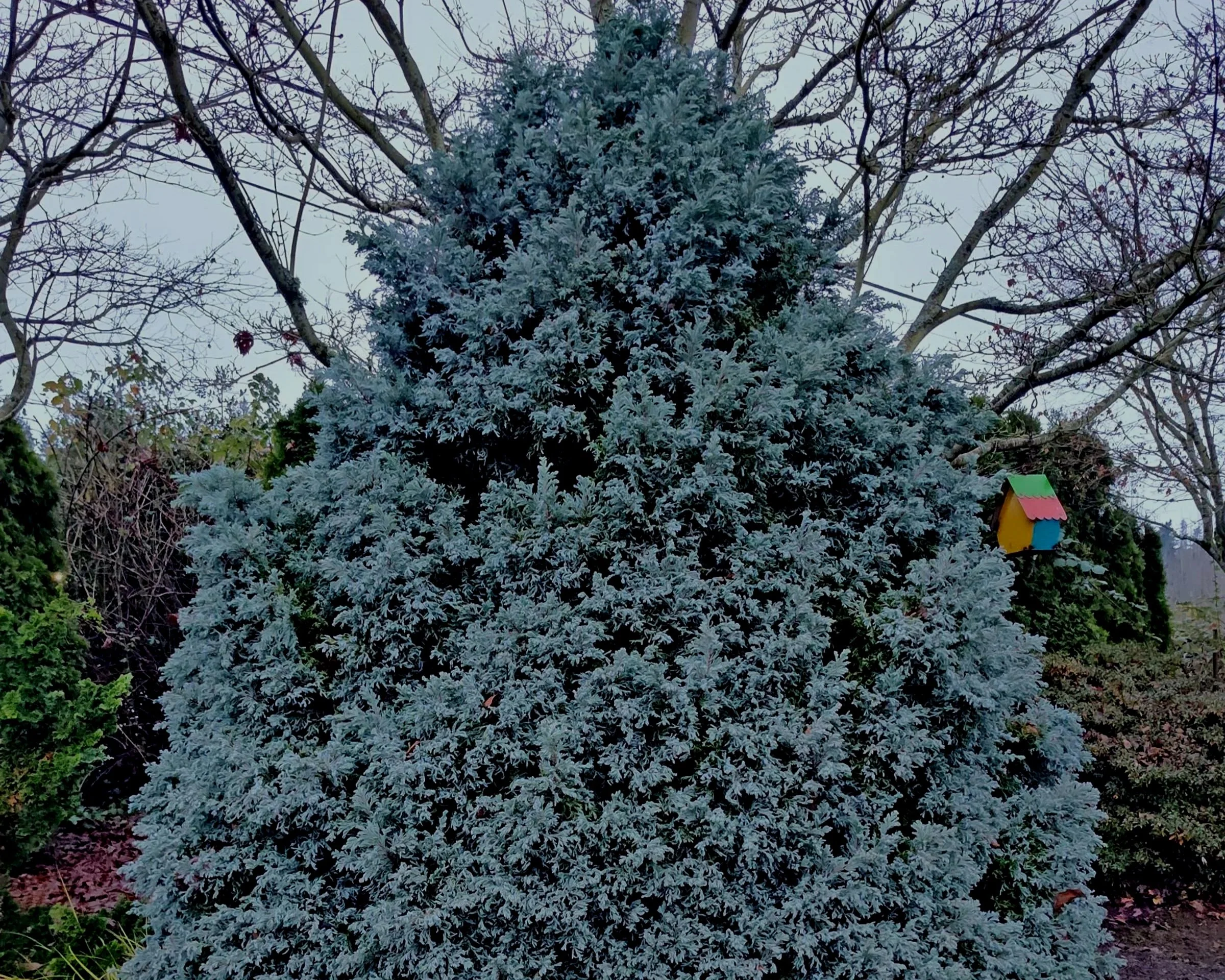If gardening was a competitive sport, I am pretty sure that tomato growing would be one of the main events. It seems like every year customers become obsessed on being the first in their neighborhood to harvest a ripe tomato. They will go through all sorts of shenanigans to achieve this goal and so in the spirit of enablement and codependence, I offer the following tricks of the trade.
In order to succeed at growing tomatoes here in the northwest, we need to remember that this fruit is native to South America where the soils are usually in the 70’s and the air temperatures are in the 80’s to 90’s. The more we can do to emulate these conditions, the more successful we will be. Normally I would be writing about ways to modify the environment where we grow tomatoes, with hot caps and Wall-O-Water so that the air and soil is warmer than normal, but thanks to climate change this seems to be less of an issue. That being said, I highly recommend growing tomatoes in a 15-gallon black nursery pot, simply because the sun will warm up the soil in the pot and this will speed up the growth of the tomato (you can buy one of these pots for around $7). As for placement of this pot or planting bed, southern or western exposures are the very best locations for tomatoes. Placing the pots against a wall or fence will also add some additional radiant heat, which can make an enormous difference in ripening times. If you grow your tomatoes in a pot, be sure to buy a quality potting soil. E.B. Stone Organic’s ‘Ultimate Recipe Potting Soil’ is the “crème de la crème” of potting soils and will yield far better results than the cheap stuff.
When growing tomatoes, a balanced organic fertilizer is important as well as a good source of calcium. Bone meal or lime both have high levels of calcium which is critical in preventing blossom end blight, that bleached looking condition at the end of tomatoes. Bonide makes two products, one called ‘Rot-Stop’ and the other called ‘Tomato and Blossom Set Spray’, both of which contain calcium that can be sprayed onto the foliage and fruit that will reduce this annoying problem. Maintaining a consistent moisture content in the soil is very important as well.
Most tomatoes are vines and require cages that can cost anywhere from under $10 to around $60, depending on the gauge of steel and whether or not they fold up at the end of the season. Obviously, you get what you pay for. My personal preference is to grow tomatoes on a flat wire trellis where I can weave the vines in and out for support. If you decide to grow “bush” tomatoes, you obviously won’t need a trellis and be aware that you will only get one crop for the season, which doesn’t seem like much of a return for the effort.
Since most tomatoes continue to grow and set fruit throughout the season, you will eventually need to prune them and limit the number of fruit clusters. This can be done by simply using your fingers to remove the “suckers” or shoots that grow in the axils where the leaves are attached. Once your plant reaches the top of the trellis you can also chop it off at that point.
Invariably we get a week of cool moist weather in late August and you will often get late blight, which spells the end of your tomato plants. Building a temporary plastic cover or setting out a patio umbrella will solve this issue. Your other option is to apply a fungicide in July and early August as a preventative.
There are of course a gazillion varieties of tomatoes to choose from. The hybrids are usually disease resistant and the heirloom ones are less so but are more flavorful. If I was to grow one variety it would be ‘Juliet’. This is a “two bite” tomato in the shape of a Roma variety but is smaller, firmer and juicier with a great flavor. ‘Sweet 100’ and ‘Sungold' are both dependable cherry varieties and ‘Oregon Spring’ and ‘Stupice' are both large and early ripeners.
Something new you might find at the garden center is grafted tomatoes. These are normal varieties, like ‘Beefsteak’, that are grafted onto an aggressive rootstock that provides more vigor to the plant, which results in earlier ripening. “Mighty-Mato” is a brand that you will most likely find.
Finally, if you really want to go out on a limb try the new “Ketchup and Fries”, a tomato plant that has been grafted onto a potato plant. You can harvest tomatoes in the summer and potatoes in the fall, all in the same space. It just doesn’t get any better than that!
Sunnyside Events: This weekend we will have a wonderful class on 'How To Build Container Gardens', taught by Rachel, with T & L Nursery, Saturday at 10am. We will also be hosting our 'Free Container Planting Day', a first-ever Sunnyside event in collaboration with the Arlington Garden Club, on Saturday from 10am to 4pm. Bring your favorite container (or buy one from us for 50% off!), purchase your favorite plants and we'll pot up your container with free organic soil for you. A great way to get stunning, unique containers without getting your hands dirty! See you Saturday!


